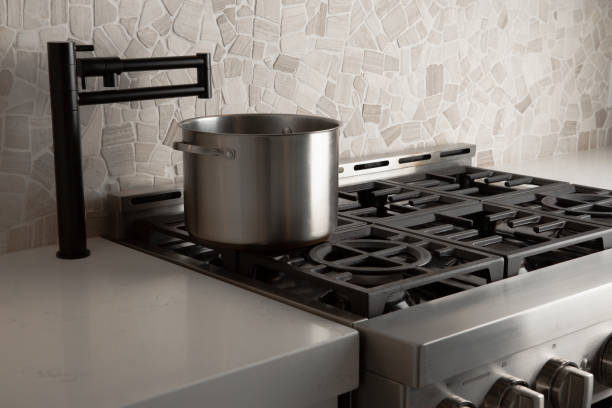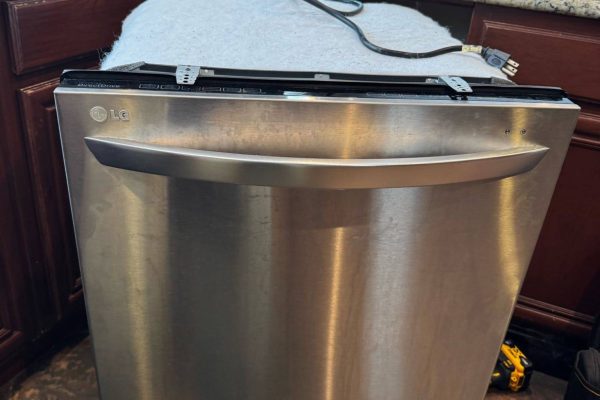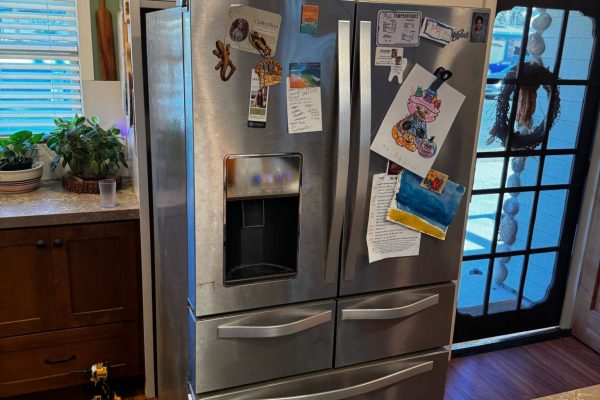Steel hobs, also known as stainless steel hobs, have been a staple in kitchens for decades, offering durability, versatility, and a timeless aesthetic. These robust cooking surfaces have stood the test of time, providing home chefs with reliable performance and sleek designs. However, like any kitchen appliance, steel hobs come with their own set of advantages and disadvantages. Let’s delve into these to help you determine if a steel hob is the right choice for your culinary needs.
Advantages
Durability: Steel hobs are renowned for their durability and resilience to wear and tear. Constructed from high-quality stainless steel, these hobs are resistant to rust, corrosion, and staining, making them ideal for long-term use in busy kitchens. The sturdy construction of steel hobs ensures that they can withstand heavy pots and pans without warping or damage.
Sleek Design: Steel hobs exude a sleek and modern aesthetic that complements a wide range of kitchen styles and décor. The clean lines and minimalist design of stainless steel hobs add a touch of sophistication to any culinary space, creating a cohesive and contemporary look.
Easy to Clean: Cleaning steel hobs is a breeze, thanks to their smooth and non-porous surfaces. Spills and splatters can be wiped away effortlessly with a damp cloth or sponge, and stubborn stains that can be tackled with a mild detergent or stainless steel cleaner. Unlike gas hobs with grates or electric hobs with coils, steel hobs have no crevices or protruding parts where food particles can accumulate, making them hygienic and easy to maintain.
Compatibility with Cookware: Steel hobs are compatible with a wide range of cookware materials, including stainless steel, aluminum, copper, and glass. Unlike induction hobs, which require magnetic cookware, steel hobs offer greater versatility in terms of cookware options, allowing you to use your existing pots and pans without any compatibility issues.
Even Heat Distribution: Steel hobs provide consistent and even heat distribution across the cooking surface, ensuring uniform cooking results. This is particularly beneficial for tasks that require precise temperature control, such as simmering sauces or sautéing vegetables, where maintaining a constant temperature is essential for optimal flavor and texture.
Affordability: Compared to induction hobs or ceramic hobs, steel hobs tend to be more affordable, making them an attractive option for budget-conscious consumers. Despite their lower price point, steel hobs offer reliable performance and durability, providing excellent value for money over the long term.
Disadvantages
Susceptibility to Scratches: While steel hobs are durable, they are not entirely scratch-resistant. Abrasive materials or rough-bottomed cookware can cause scratches or scuff marks on the surface of steel hobs, detracting from their appearance over time. Care must be taken to avoid sliding pots and pans across the surface or using utensils with sharp edges that could scratch the steel finish.
Staining and Fingerprints: Stainless steel hobs are prone to showing fingerprints, water spots, and smudges, which can diminish their aesthetic appeal. Regular cleaning and maintenance is necessary to keep steel hobs looking polished and pristine, as neglecting to clean them regularly can result in unsightly stains or discoloration.
Heat Retention: Steel hobs may retain heat longer than other types of hobs, such as ceramic or induction hobs. This means that the hob surface can remain hot even after the heating elements have been turned off, posing a risk of accidental burns or injuries. Users must exercise caution and allow the hob to cool down completely before touching or cleaning it.
Lack of Advanced Features: Compared to induction hobs, which offer advanced features such as precise temperature control and automatic shut-off, steel hobs may lack some of these modern conveniences. While steel hobs provide reliable performance for basic cooking tasks, they may not offer the same level of versatility or technological innovation as other hob types.
Maintenance Requirements: Despite being relatively easy to clean, stainless steel hobs may require regular maintenance to preserve their appearance and functionality. Periodic polishing with a stainless steel cleaner or polish can help restore the shine and luster of the hob surface, but this additional maintenance may be inconvenient for some users.
Limited Heat Source Options: Steel hobs typically rely on electric heating elements or gas burners for cooking, limiting the heat source options available to users. While electric steel hobs provide consistent and even heat distribution, gas steel hobs offer precise control over flame intensity. However, the choice between electric and gas steel hobs ultimately depends on individual preferences and kitchen requirements.
In conclusion, steel hobs offer a host of advantages, including durability, sleek design, easy cleaning, compatibility with a wide range of cookware, even heat distribution, and affordability. However, they also come with certain disadvantages, such as susceptibility to scratches and staining, heat retention, lack of advanced features, maintenance requirements, and limited heat source options. By weighing these pros and cons against your specific cooking needs and preferences, you can determine whether a steel hob is the right choice for your kitchen.
Our services are your reliable way to solve problems with household appliances! If your appliances require repair, don’t worry – contact Oceanside Appliance Service Center and we will help you forget about any inconvenience.
Our company has many years of experience in repairing household appliances of various brands and models. Our team of highly qualified technicians has deep knowledge and experience in working with refrigerators, washing machines, dryers, dishwashers, stoves, ovens and other devices.
We guarantee a professional approach to each task and the use of only original spare parts for repairs. Restoring your household appliances to optimal condition is our main goal.
Contact us


